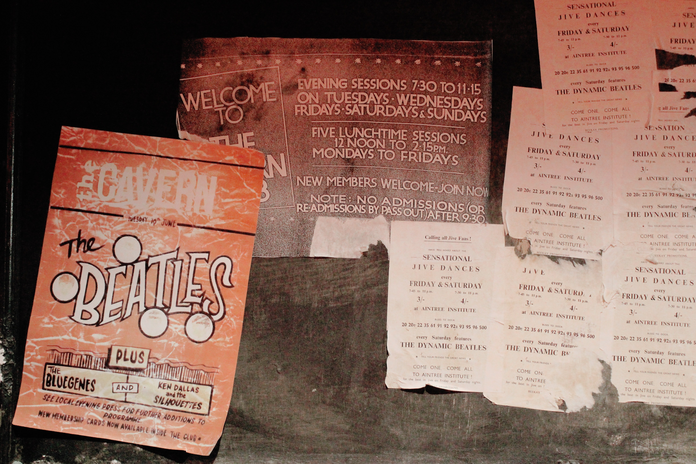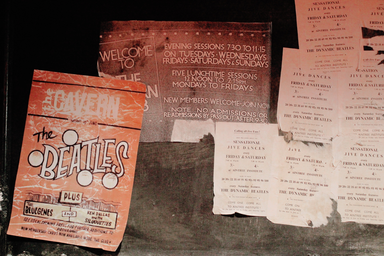There will be no spoilers in this book review.
Warning: Mentions of sexual abuse, domestic violence, and self-harm.
I cannot even put into words the amount of pain and despair this book has caused me. A Little Life by Hanya Yanagihara is no stranger to your average book lover and if you know anything about this book, you know that it is beyond saddening, it is traumatizing. I remember watching videos on YouTube of people reviewing this book and they all repeat the same general ideas: look up the trigger warnings and only read this book if you are in a healthy mental space. Had I read this book a couple of months ago, in all honesty, I think I would’ve stopped reading it because of how negatively it would’ve impacted my mental health. Alas, against all warnings of booktubers reviews on the dreaded book, I read it anyways.
I am going to be forward and say if you are a victim of sexual abuse, domestic violence, or battling through self-harm you need to stay as far away from this book. I truly mean it, for the sake of your own mental health please look past this book. This is not a means to gatekeep or create a status of pretentiousness but it is a true consideration I think everyone should take before reading this novel.
There is no definitive date as to when this novel occurs but it starts at the beginning of their college careers and carries out until the end of their lives. It follows the stories of four college friends, Jude, Willem, JB, and Malcolm, and their lifelong friendships, with Jude at the forefront of this storyline. I do have many positive notes on the prose and craft elements of the novel but I did want to address the things I worry about.
I worry that this novel simply exists for the purpose of making its reader suffer. In return, it has created a flurry of questions in my mind: Is it wrong to create a book whose sole purpose is to make the reader suffer? What are the ethics of writing about trauma? Are there ethics to writing on trauma that you have never experienced? Does writing have to be purposeful? Why does this novel exist? There are many more, but those are the few that I’ve pondered about more. Prior to this novel, I have always believed that people should write whatever they like as long as it doesn’t uphold and spread hateful belief systems. This novel doesn’t really fall into that category. In fact, this novel intersects so many different genres and themes, I am unsure of what to categorize it as. In my own vocabulary, I have labeled it as a Bildungsroman-Tragedy because that’s what makes the most sense in my head.
Along with this novel’s purpose, I worry about its depictions of abuse. Yanagihara goes into grave detail about every single traumatic event that occurs to her characters making sure that you, as the reader, will be placed in that event along with her character. Her writing creates graphic and vivid imagery of events you wish to never experience. Such as moments in which it depicts the how of self-harm, sexual abuse, domestic abuse, PTSD, etc. But here you are as a reader, witnessing tragic moments in the most repulsive and voyeuristic way possible. The events written in the novel are moments that nobody wishes to experience, but when you continue reading, you find yourself a bystander in a fictional world, witnessing moments you have zero control over.
“And so I try to be kind to everything I see, and in everything I see, I see him.”
A Little Life, pg. 814
Though the content overshadows the prose in many ways, I cannot ignore the writing within the novel. Part of the overwhelming pain comes from Yanagihara’s prose. It is unabashed in its diction, syntax, and vivid descriptions of vulnerable moments of both pain and happiness. There are many lines that I have underlined regarding isolated sadness, the sudden realization of loving someone you’ve known your whole life, and watching as age slowly takes away the people you love.
The prose works beautifully with Jude’s relationships and the people that love him. Yanagihara capitalizes on the act of people watching by capturing small moments of admiration between characters, as one character admires another character admires another character. It appears minute, but I truly believe through all of the sadness in this book it will make you more observant of moments showcasing the most human forms of deep adoration.
I also thought the fluidity of time worked well in this novel. Sure, the beginning feels slow, but keeping the content of the novel in mind, it feels like a sensible pace to take. It doesn’t occur to me that so much time has passed until the speaker of the chapter mentions it. Personally, I felt indifferent to the forward announcement of how much time has passed. Reconnecting back to the prose, I believe it created a smooth transition from one major event to another.
As previously mentioned, there are powerfully evocative moments that urge you to set the book aside for the day because you will not be able to withstand the horror and complete defeat of the human spirit. But there are also many beautiful moments where it feels like Yanagihara’s writing and the character’s story align at the perfect moment. That moment when you are sitting with a group of friends and realize how warm and safe the laughter causes your belly to ache. A moment where you and the characters take a moment to breathe because there is finally, a second of happiness. This feeling will become familiar as you continue to read but you know to take in this moment because the feeling is unfortunately rare for our beloved Jude St. Francis.


